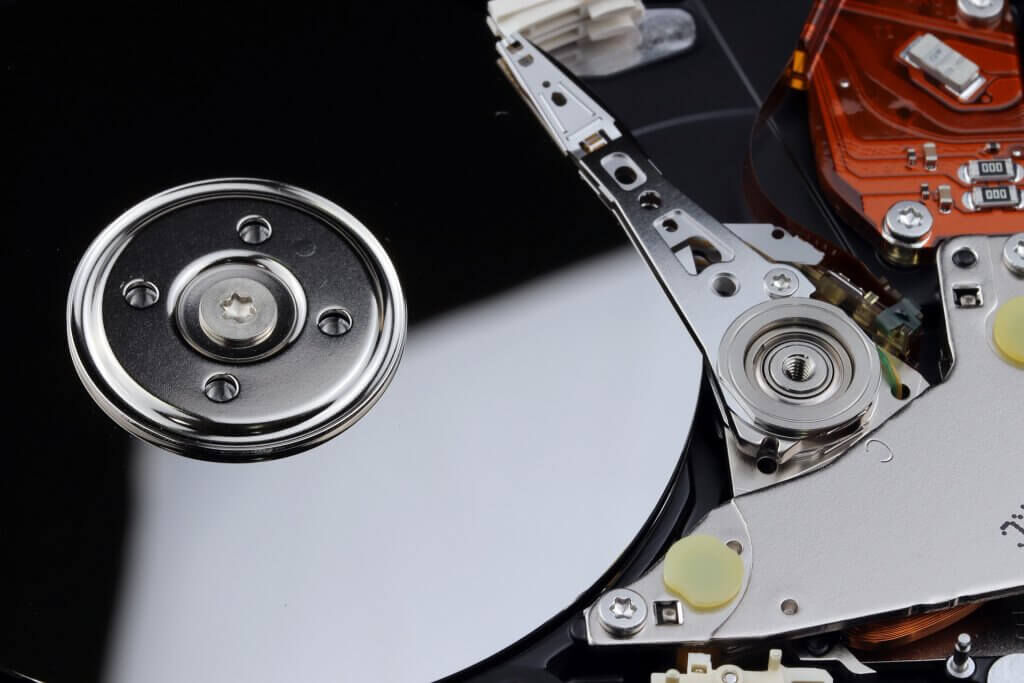Four drives – two methods: RAID5 versus RAID10
A RAID with four drives could be secured over different levels. We show you here which are suitable for this purpose.
From RAID sets, stripes and redundant data
The security of a RAID system (Redundant Array of Inexpensive Disks) consists of distributing the data over many drives. This way the system ensures that nothing is lost if one of the drives fails. Now modern NAS or RAID systems can handle twelve or more RAID levels, such as 0, 1, 3, 5, 6, 10, 30, 50, 60, single disk or JBOD. For systems with four drives, two of them have proven to be relevant in practice: That is why we are talking about RAID5 versus RAID10. So here we will look into the question which is the right mode for a small RAID system.

RAID5
Distributing Parities to Drives
With RAID5, the controller calculates an even allocation of the drives. First, it divides the data into Stripes. Each stripe set is then divided up again so that if there are four drives in the RAID set, three of each will contain the actual data. The fourth strip contains redundant data that can be calculated from the other three strips: The so-called parities. If one of the hard disks fails, the data is recoverable through the contents of the other three hard disks.
In case of an error, the admin only has to replace the defective hard disk and the controller starts the rebuild – the reconstruction of the data of the defective drive. Depending on the scope of the project, this can take several hours or even days.

RAID10
A double mirror
In RAID10 mode, the controller initially mirrors two hard disks on top of each other, creating a one-to-one copy. This corresponds to the RAID1 mode. This type of backup is usually used for RAID systems that consist of only two drives, such as boot partitions.
So the drives cloned in this way already offer some protection, since the data is already present in two places. The doubled hard disks are in turn combined into a virtual drive at RAID level 0 for performance reasons. This ensures speed on the host computer, as the data is available faster. RAID0 itself, however, carries the danger that the entire data stock is lost if only one of the two drives in the RAID set fails. With RAID10 this is compensated for by RAID1 mirroring.
RAID5 vs RAID10
Of RAID sets, stripes and redundancy

RAID5
| RAID10
| |
| Advantages | Advantages | |
● High utilization of the drives ● Large useful capacity
| ● High performance ● Reduced controller load
| |
Storage capacity with four drives in total | ||
4 x K – K
|
| (4 x K)/2
|
Example with four drives
| ||
4 x 2 TB – 2 TB = 6 TB |
| (4 x 2 TB) /2 = 4 TB |
